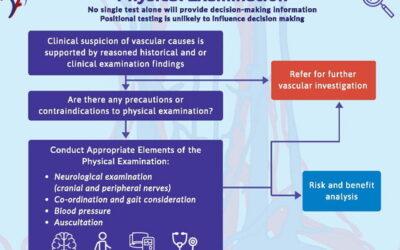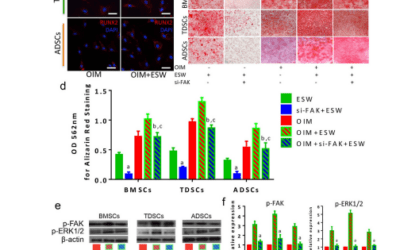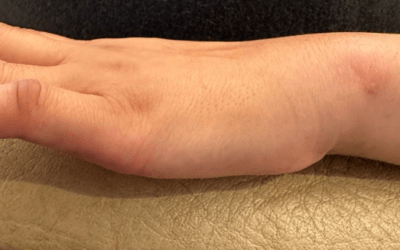Osteoarthritis Of the hand is very common and painful condition leaving the Strength and grip in the hand greatly reduced often in our older ages and treatments are limited to medication, and rehab rehabilitation and strengthening exercise
EMTT, or Electromagnetic Transduction Therapy, is anon-invasive and painless treatment that uses high-frequency electromagnetic fields to stimulate andinfluence cellular processes.
It is designed toaddress a wide range of musculoskeletal conditions,including issues affecting muscles, bones, joints,nerves, tendons, and tissues.2 EMTT is known forits ability to alleviate pain, promote healing, andenhance the quality of life for individuals dealingwith various musculoskeletal disorders.3 Thetherapy is powered by the innovativeMAGNETOLITH system from STORZ MEDICAL and isused by medical professionals to treat conditionssuch as degenerative joint diseases, sports injuries,chronic pain, and more.
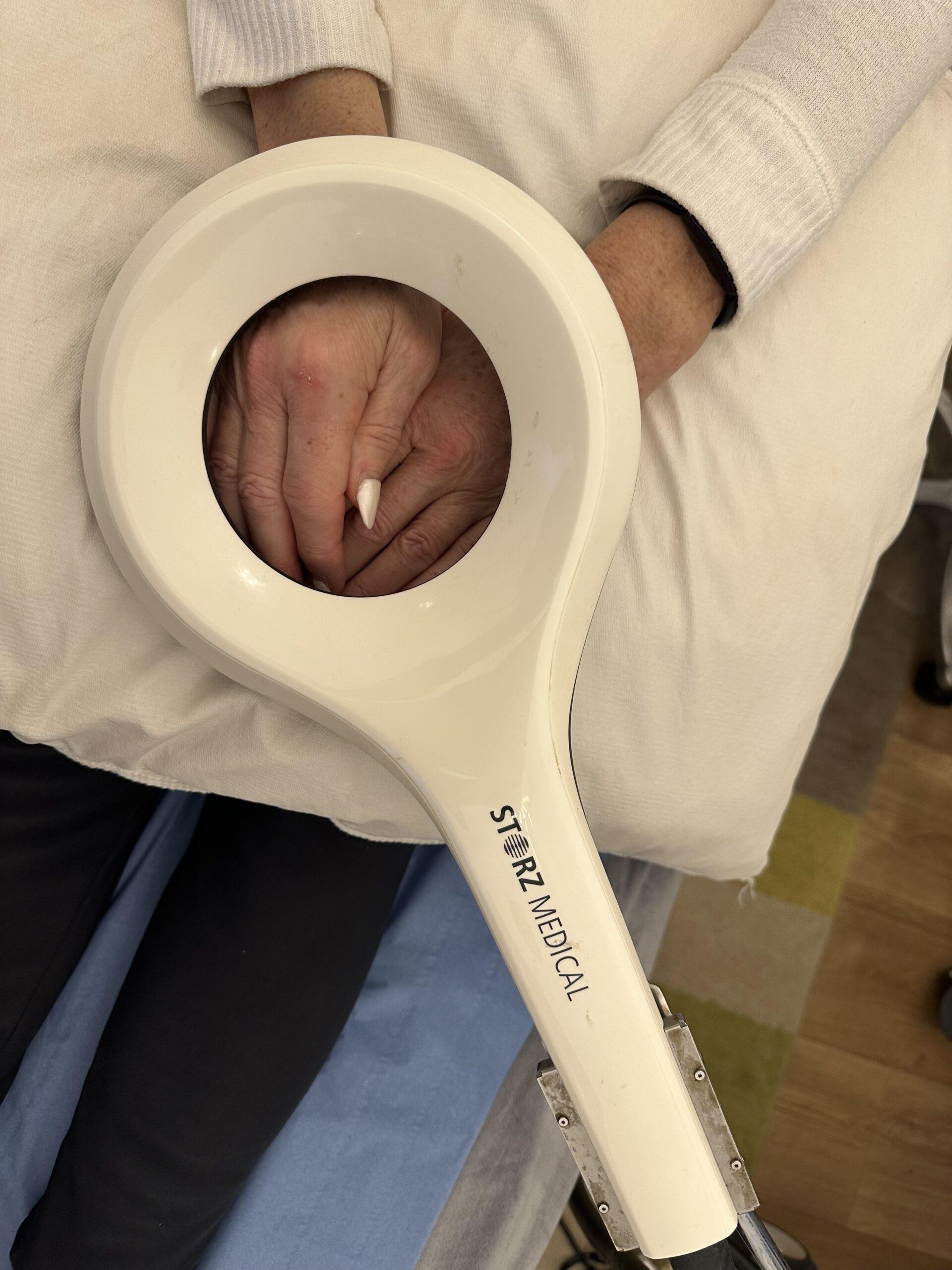
EMTT (Electromagnetic Transduction Therapy)works at a cellular level through severalmechanisms:
- Cellular Electromagnetic Interaction:EMTT devices generate high-frequencyelectromagnetic fields (100 – 300 kHz) thatinteract with the cells’ natural electromagneticproperties, influencing the movement andbehavior of charged particles within andaround cells.1
- Ion Movement: EMTT may modulate themovement of ions such as calcium, sodium,and potassium across cell membranes,affecting cellular functions like musclecontractions, nerve signaling, and enzymeactivation.2
- Cell Membrane Permeability: EMTT altersthe permeability of cell membranes, impactingthe exchange of ions and other moleculesbetween the cell’s interior and its externalenvironment, which is crucial for cellcommunication and function.3
- Stimulation of Cellular Metabolism:Electromagnetic fields from EMTT enhancecellular metabolism, potentially increasingenergy production (ATP synthesis) within cells,thereby accelerating healing and tissueregeneration processes.4
- Anti-Inflammatory Effects: EMTT mayreduce inflammation at the cellular level bymodulating the release of inflammatorymediators and cytokines, contributing to areduction in tissue inflammation.5
- Cellular Signaling: EMTT may influenceintracellular signaling pathways that regulatevarious cellular responses, including growth,differentiation, and repair, promoting tissuehealing and regeneration.6
- Stem Cell Activation: Some researchsuggests that EMTT may stimulate theactivation and differentiation of stem cells,which play a crucial role in tissue repair andregeneration.7
- Pain Modulation: EMTT’s effects on cellularprocesses may also contribute to pain relief byinfluencing the transmission of pain signals atthe cellular level, helping to reduce discomfortassociated with various musculoskeletalconditions.8
These mechanisms collectively contribute to thetherapeutic benefits of EMTT in promoting healing,reducing inflammation, and alleviating pain
EMTT (Electromagnetic Transduction Therapy) andPEMF (Pulsed Electromagnetic Field) therapy areboth used to treat musculoskeletal conditions, butthey have notable differences:
- Energy Output and Frequency:
- EMTT has a higher oscillation frequencycompared to PEMF, allowing for deeper tissuepenetration (up to 18 cm) and increasedeffectiveness.1
- EMTT is approximately 40% more potent thanPEMF.2 For example, the MAGNETOLITHEMTT pulse train completes 18 oscillations inthe time it takes a PEMF system to achieve justhalf an oscillation.3
- Effectiveness:
- The higher frequency and deeper penetrationof EMTT may lead to more significantphysiological responses, potentially resulting infaster and more noticeable improvements intissue healing and pain relief.
- Treatment Areas:
- EMTT’s elevated oscillation frequency andability to reach larger treatment areas make it apromising option for addressing a wide rangeof medical conditions more effectively thanPEMF.4
In summary, while both therapies are beneficial,EMTT offers higher potency, deeper tissuepenetration, and potentially more effective treatmentoutcomes compared to PEMF.2
This is multimodal approach so you can also use as needed iburofen gel safely
Strengthening exercises such as squeezing a ball and stretching and mobilsation
Here there are various specific exercises which can be sent out to you by your rehabiliation specialist
Personally I use Physitract as this has a wide range of different exercises for all the different variety of hand and finger and wrist grip, and these have to be individually adjusted according to personal needs
Here is a systemic review on treatment options for OsteoArthritis of the Hand
The systematic review indicates that both pharmacological and non-pharmacological therapies have shown varying degrees of efficacy in treating hand osteoarthritis (OA). Here are some of the better treatments identified:
Pharmacological Therapies:
- Systemic NSAIDs: Evidence suggests that systemic NSAIDs like Meclomen, Ibuprofen, Naproxen, and Lumiracoxib are more efficacious than placebo in reducing pain and improving function.
- Systemic Chondroitin Sulfate: Some RCTs indicate that systemic chondroitin sulfate is more effective than placebo in reducing symptoms and slowing the progression of OA.
- Topical Therapies:
- Trolamine Salicylate: Shown to provide pain relief over placebo.
- Capsaicin: Demonstrated improvement in tenderness and pain.
- Diclofenac Gel: Found to significantly improve pain, function, and global disease rating.
Non-Pharmacological Therapies:
- Splints/Gloves: Custom-made neoprene splints and thermoplastic splints have shown efficacy over usual care or no splint.
- Exercise: Joint protection and exercise programs, including strength training and yoga, have been beneficial.
- Thermal Modalities: Paraffin baths and mud packs have shown positive effects in reducing symptoms.
- Manual Therapy: Techniques like Kaltenborn mobilization and Maitland’s mobilization have shown efficacy in improving pain and function.
Intra-Articular Therapies:
- Hyaluronic Acid and Steroids: Results are mixed, but some studies show that intra-articular hyaluronic acid and steroids can provide pain relief and improve function, particularly in patients with higher baseline pain scores.
Overall, the review highlights the need for individualized treatment plans combining both pharmacological and non-pharmacological therapies to manage hand OA effectively.
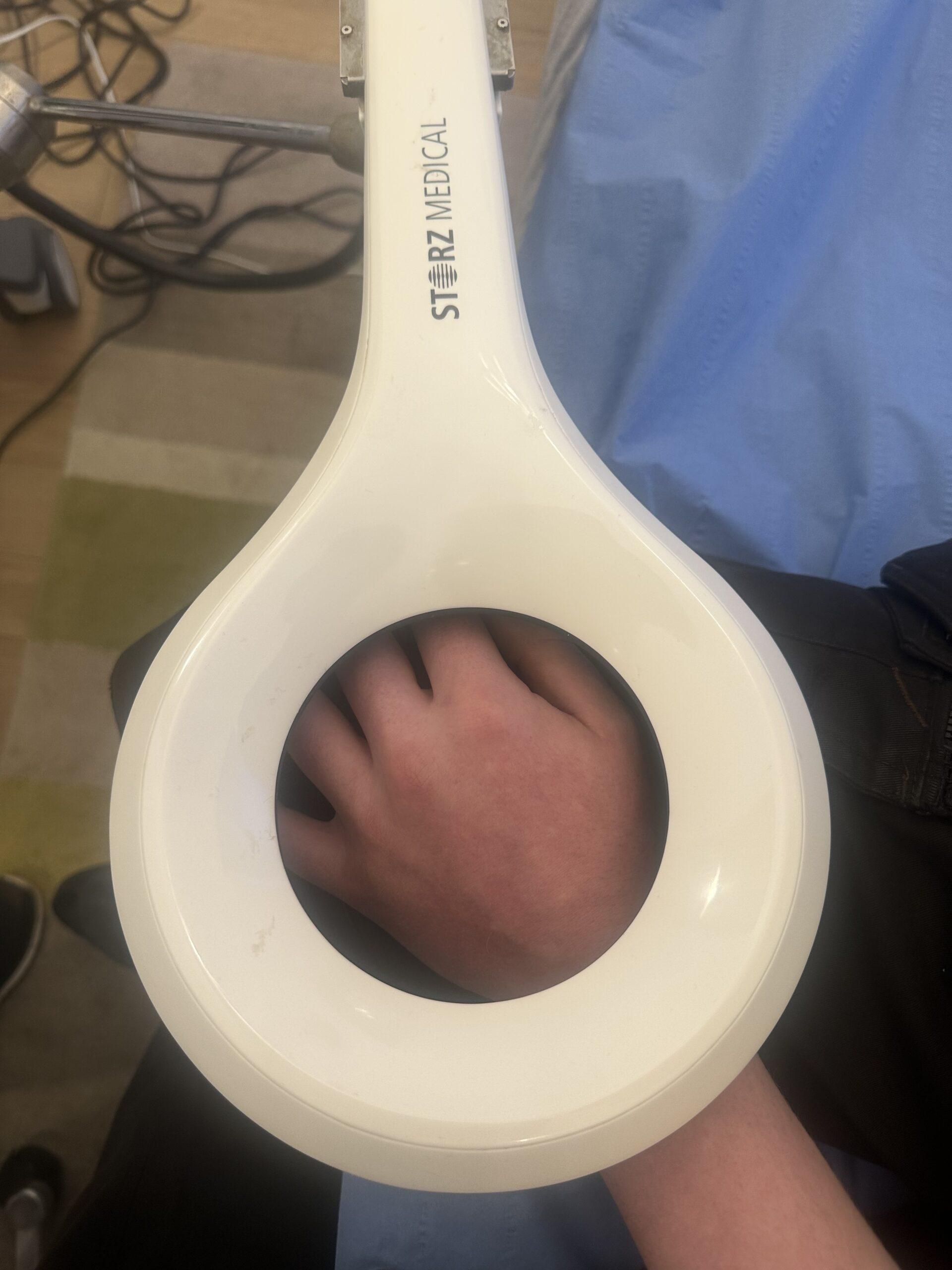
.

